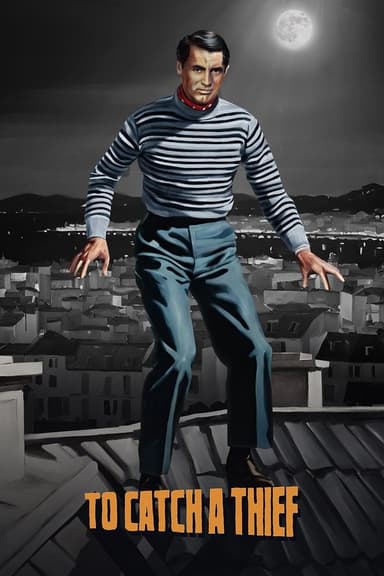
The Lady Vanishes
1938 • Mystery, Thriller • NR
On a train headed for England a group of travelers is delayed by an avalanche. Holed up in a hotel in a fictional European country, young Iris befriends elderly Miss Froy. When the train resumes, Iris suffers a bout of unconsciousness and wakes to find the old woman has disappeared. The other passengers ominously deny Miss Froy ever existed, so Iris begins to investigate with another traveler and, as the pair sleuth, romantic sparks fly.
Runtime: 1h 36m
Why you should read the novel
If you relish atmospheric mysteries and intricate plots, reading Ethel Lina White’s The Wheel Spins offers an immersive experience into suspense that only a novel can provide. The book delves deeper into the psychological unease and paranoia surrounding the vanishing of Miss Froy, allowing readers to journey intimately through the protagonist’s growing confusion and fear.
Where film adaptations often condense and reinterpret narrative details for dramatic effect, the original novel allows you to explore nuanced character motivations and shifting suspicions at your own pace. White's rich descriptions and tension-building prose keep you guessing, lending a personal urgency as you become an investigator alongside the heroine.
By choosing to read The Wheel Spins, you not only engage directly with the source of this enduring mystery but also discover the unique voice and literary style of Ethel Lina White—a pioneer of psychological thrillers whose suspenseful mastery predates and arguably surpasses the cinematic version.
Adaptation differences
One of the main differences between The Lady Vanishes and its source novel, The Wheel Spins, is the characterization of the protagonist. In the novel, Iris Carr is depicted as a vulnerable, somewhat isolated young woman, whose sense of reality is continually challenged. The film adaptation reinterprets Iris as more assertive and resourceful, with additional humorous and romantic elements added to make her character more engaging to the audience.
Another significant difference lies in the tone and pacing. While the novel sustains a gradual, psychological build-up of suspense, Alfred Hitchcock injects scenes of comic relief and ramps up the pace to keep filmgoers entertained and riveted. The movie adds the now-iconic cricket-obsessed characters, Charters and Caldicott, who are not present in the original book, altering the dynamic among the passengers and injecting a layer of British cultural commentary.
The motivations and fate of Miss Froy are also handled differently. In the book, her background is more mysterious, with less emphasis placed on espionage. Hitchcock’s adaptation heightens the spy narrative, recasting Miss Froy as a British agent and raising the stakes with international intrigue. This significant story shift changes the thematic focus from psychological uncertainty to the pre-war anxieties and political tensions of late 1930s Europe.
Finally, several scenes and secondary characters are either omitted or transformed for the film adaptation. The movie trims complex subplots and characters that deepen the sense of isolation experienced by the protagonist in the novel, instead favoring tight plotting and a more overtly dramatic climax. These changes make The Lady Vanishes more direct and accessible as a thriller, but at the expense of some of the novel’s introspective ambiguity and rich social observations.
The Lady Vanishes inspired from
The Wheel Spins
by Ethel Lina White












